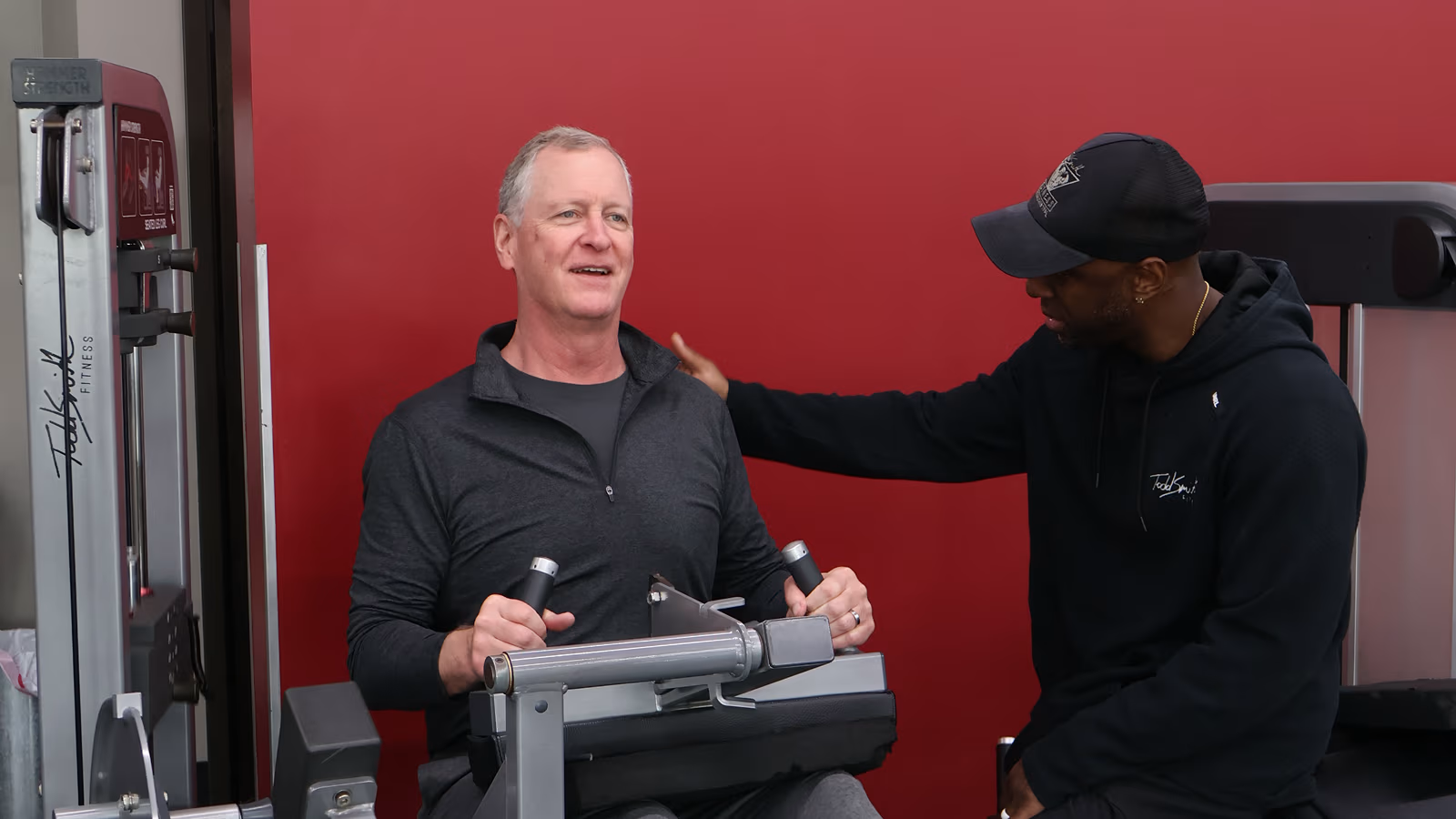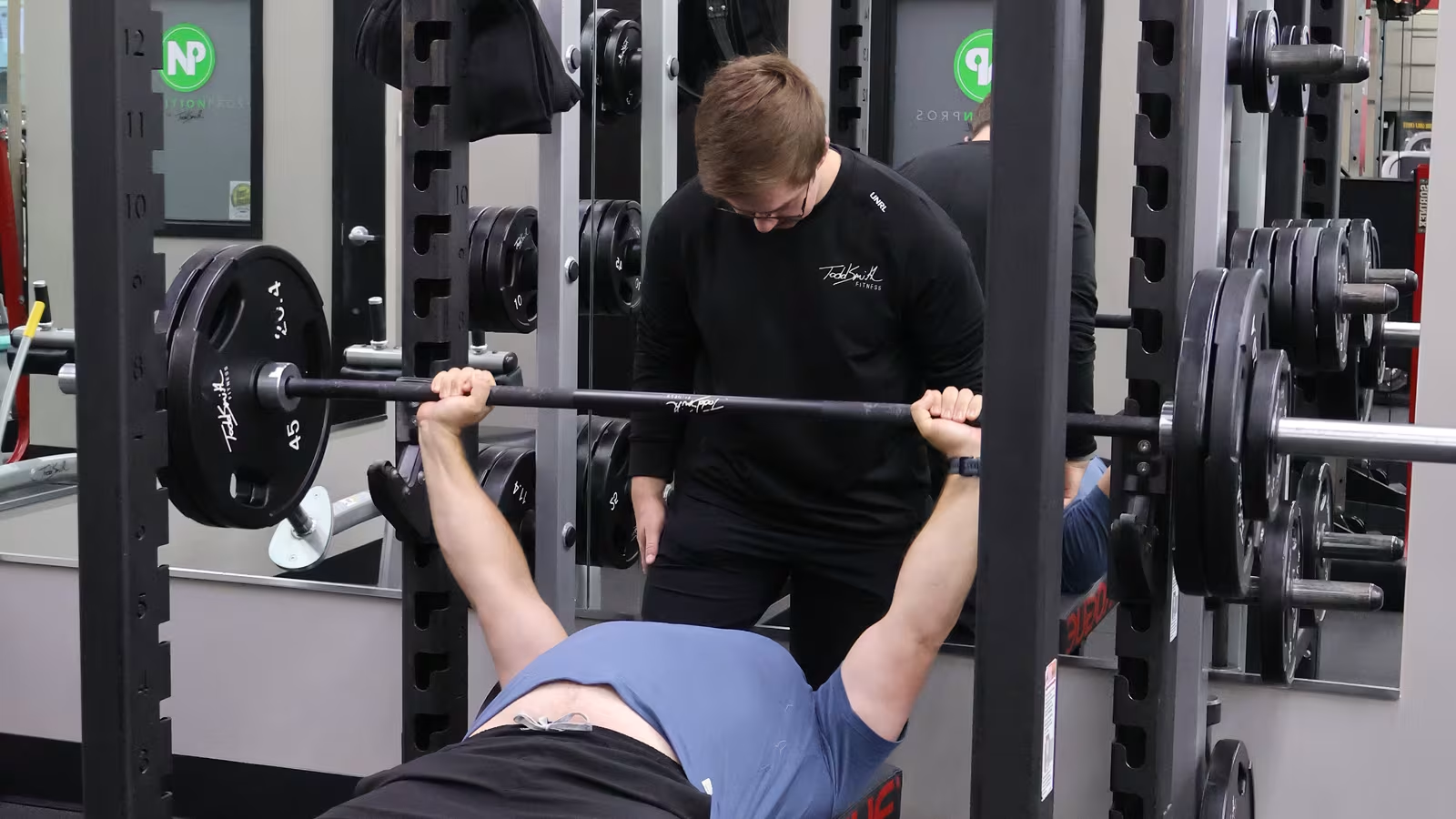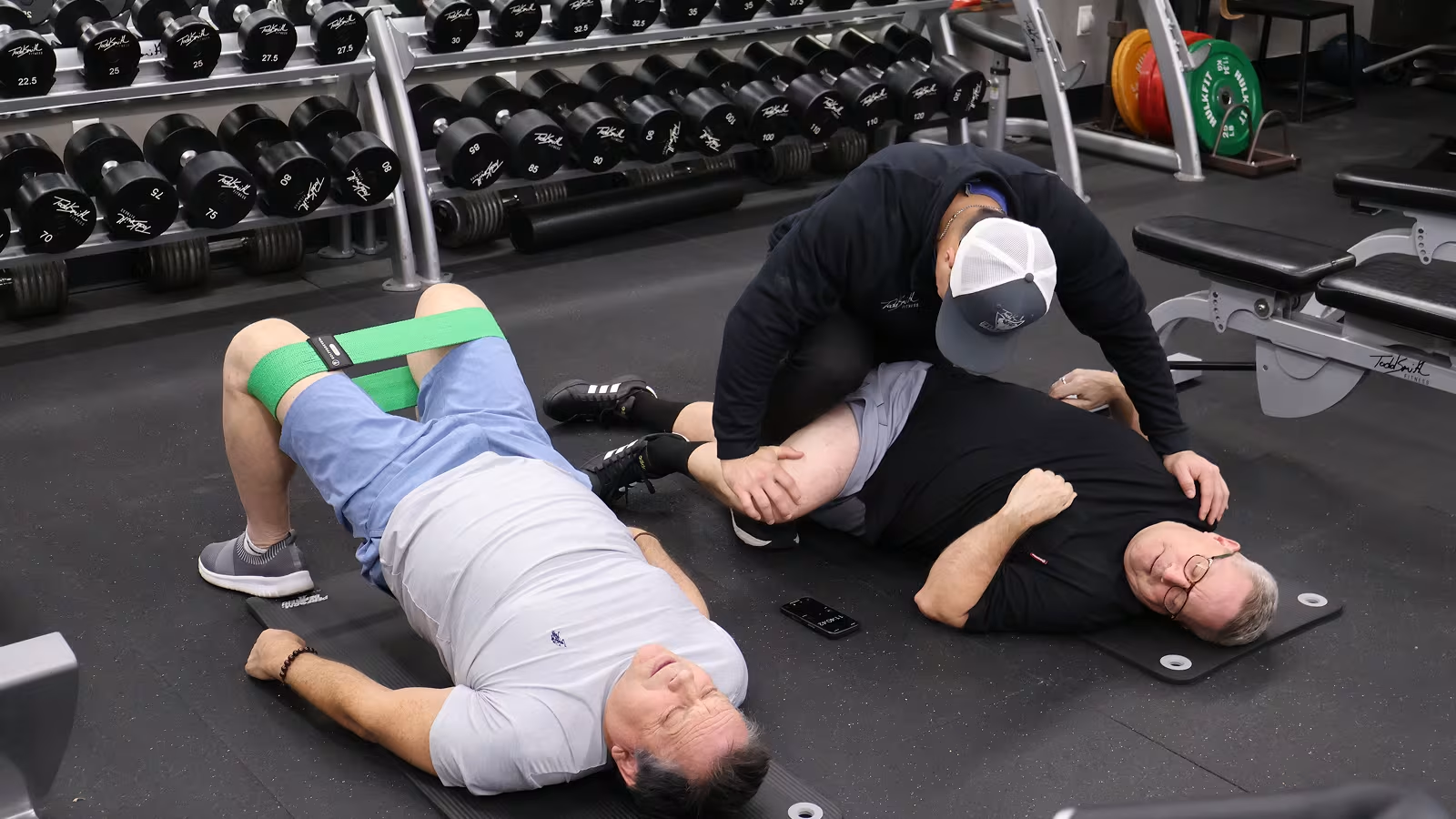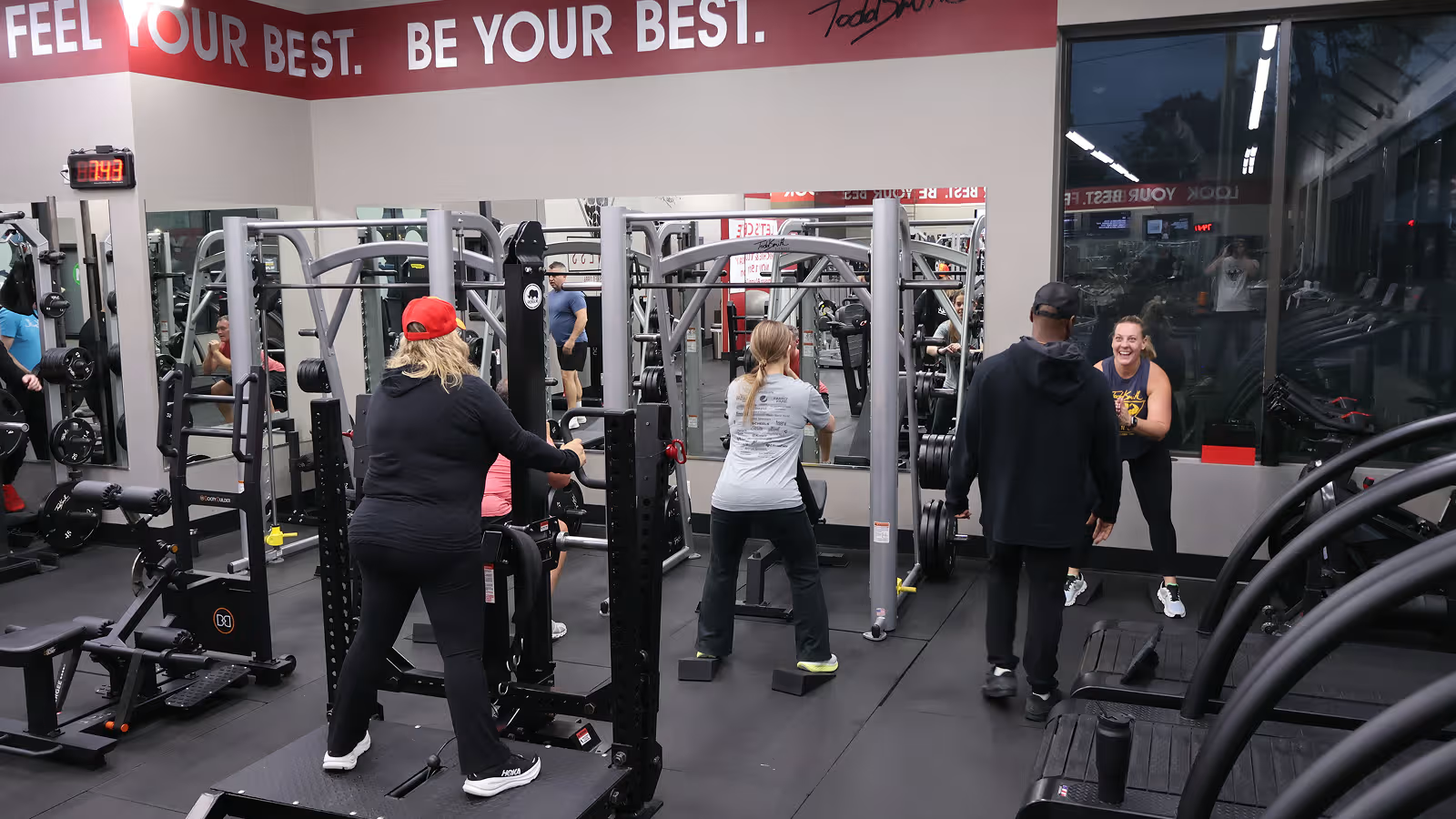You walk onto the tennis court on Saturday morning and throw your back out halfway through the match. You play 18 holes of golf three times a week, yet your knees, hips, and lower back ache constantly. You meet your buddies for long weekend bike rides, only to feel wrecked for days after. And the worst part? You’re active. Or at least you think you are.
But here’s the truth: You’re not undertrained for tennis, golf, or cycling — you’re underprepared for life.
What Is GPP (General Physical Preparedness)?
GPP is your baseline level of fitness — your body’s ability to handle physical activity across all domains:
- Cardiovascular endurance
- Muscular strength
- Joint mobility
- Postural integrity
- Movement efficiency
It’s not about peak performance. It’s about being ready for anything, anytime — walking, lifting, running, hiking, carrying groceries, chasing kids, playing sports, or staying pain-free at work.
The Problem After 30: You Lose What You Don’t Train
By your 30s, the natural decline in muscle mass, joint mobility, and cardiovascular capacity begins. Without a consistent foundation, your body becomes a fragile specialist — decent at golf or occasional sports, but unable to recover, adapt, or absorb stress well.
Common GPP Myths:
- “I don’t have time to train like I’m 20.”
➤ You don’t need to. You just need consistency and intention. - “I walk the course, that’s my cardio.”
➤ That’s recreational activity, not foundational fitness. - “I ride 40 miles every Sunday with friends.”
➤ Great — but if that’s your only activity, your heart and joints are stressed without support.
How to Build Your GPP Base
Start Simple. Build Consistency. Stay Year-Round.
- Mobilize and Move Daily
➤ Include 5–10 minutes of controlled mobility work. Think of this as daily brushing for your joints. - Walk Before You Run (Literally)
➤ 20–40 minutes of brisk walking 4–6x/week. Incline walking is better than flat.
➤ Walking is the king of baseline GPP. - Include Steady-State Cardio
➤ Avoid the “weekend warrior” trap. One seasonal long bike ride doesn’t replace regular movement.
➤ Choose moderate, sustainable activity (zone 2 heart rate) 2–4x/week. - Strength Train Your Basics (2x/week)
➤ Focus on posture, balance, and joint health: squats, rows, glute bridges, carries.
➤ Think “bulletproofing,” not bodybuilding.
Why It Matters More Than You Think
Injury Risk
That sudden back tweak playing tennis? It wasn’t the serve — it was the 10 years of doing nothing before the serve.
Arterial Fibrillation (AFib) and Heart Health
Did you know cyclists have the highest rates of AFib? Not because cycling is bad — but because many are sedentary 5 days a week, then go hard on weekends. Long-duration, high-intensity cardio with no aerobic base stresses the heart. The same applies to recreational runners and group fitness enthusiasts who train inconsistently and then “go hard.”
The “Base Pyramid” Principle
A high-performing, pain-free body starts with a wide foundation.
Here’s a simple way to look at it:
Peak Performance = golf, tennis, cycling, sports; Strength & Mobility = Daily Movement + Cardio; Consistent GPP Foundation = walking, posture, joint control, heart health
If the base is narrow or missing, the pyramid collapses.
But when the base is wide and consistent, you can play harder, longer, and with less risk.
Final Word
You don’t need to train like an athlete. You don’t need to deadlift 400 pounds or run marathons.
But if you want to stay active, pain-free, and independent into your 40s, 50s, 60s and beyond — you need a consistent, simple, sustainable GPP practice.
Because being “active” doesn’t mean being prepared.








